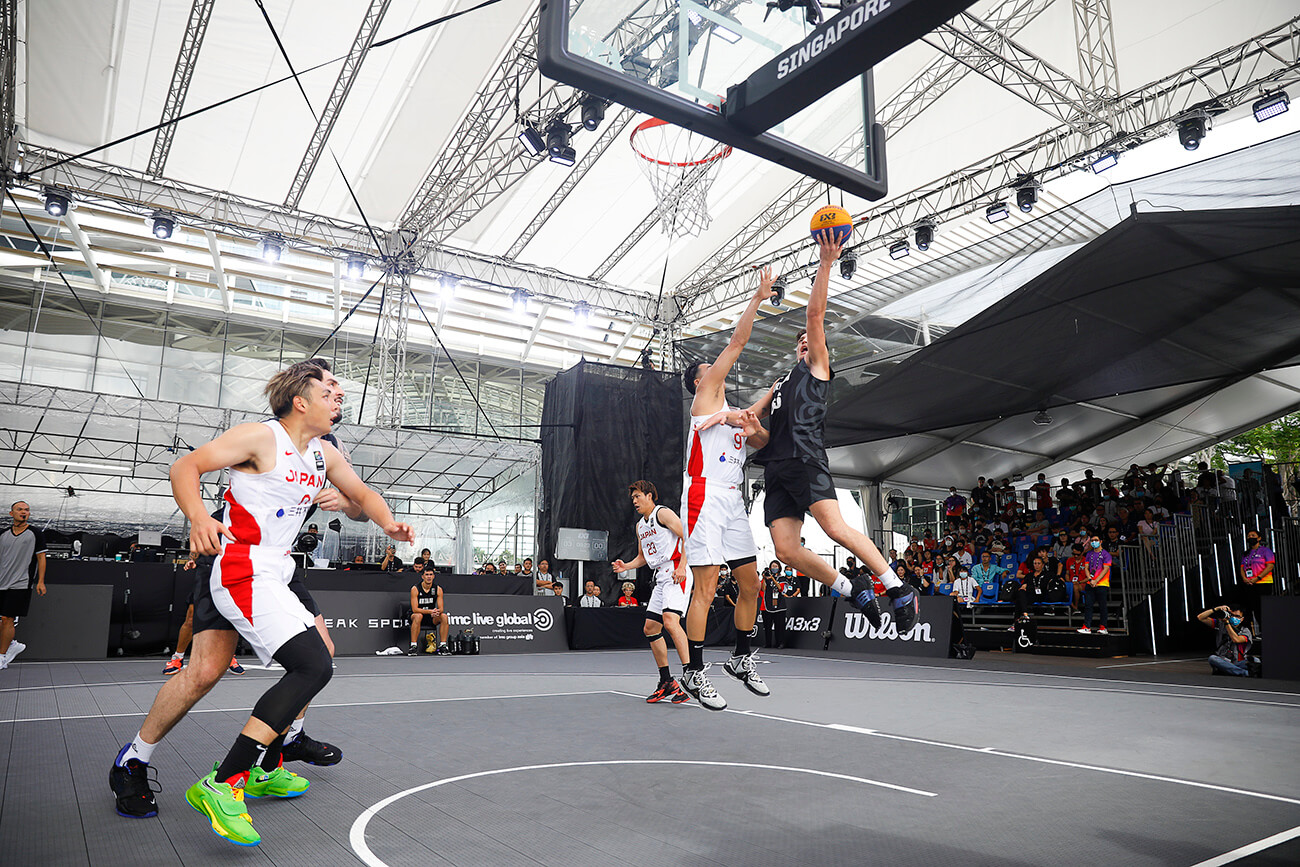amicitaacademy.com – Tennis is one of the most popular and widely played sports in the world. It combines agility, strength, and strategy in a fast-paced game that can be enjoyed by people of all ages and skill levels. Whether you’re watching world-famous tournaments like Wimbledon or playing casually with friends at the local court, tennis is a game that offers both competitive excitement and a great workout. This guide will take you through the basics of tennis, from its history and rules to tips for getting started.
1. A Brief History of Tennis
Tennis as we know it today originated in France during the late 19th century, evolving from a game known as “jeu de paume,” where players used their hands to hit the ball. The modern version of the game, which uses rackets, was first played in 1873 by Major Walter Clopton Wingfield, who created a set of rules for the sport. The game quickly gained popularity, spreading to England and later to the United States, where it became a key part of both amateur and professional sports.
2. Tennis Rules and Gameplay
Tennis is typically played on a rectangular court with a net in the middle. The game can be played in two formats: singles (one player on each side) or doubles (two players on each side).
2.1 Objective of the Game
The goal in tennis is to hit the ball over the net into your opponent’s side of the court. The opponent must then return the ball before it bounces twice. Points are scored when a player fails to return the ball within the court or when the ball bounces more than once before it is hit.
2.2 Scoring System
Tennis uses a unique scoring system. Here’s how it works:
- Points: Each game starts at 0 (or “love”). The first point is called 15, the second 30, the third 40, and the fourth wins the game. However, if both players reach 40 (a tie), this is called deuce, and a player must win two consecutive points to win the game.
- Games and Sets: A player must win six games to win a set, but they must also win by two games. If both players are tied at six games each, they typically play a tiebreak to decide the set.
- Matches: Most professional matches are played as best of three sets, but in some tournaments like Wimbledon, men’s matches are played in best of five sets.
2.3 Basic Tennis Shots
- Serve: The serve is how each point starts. The player stands behind the baseline and hits the ball into the opponent’s service box. A strong and well-placed serve can be a powerful weapon.
- Forehand: A forehand is a shot where the player swings the racket across their body with the palm of their hand facing the direction they want the ball to go.
- Backhand: The backhand is performed with the back of the hand facing the ball. It’s considered a more challenging shot than the forehand.
- Volley: A volley is a shot where the ball is hit before it bounces, usually near the net. Volleys are quick and can catch the opponent off guard.
- Lob: A high, arcing shot intended to go over the opponent’s head, often used when the opponent is close to the net.
- Smash: A powerful overhead shot usually hit when the ball is high in the air. It’s one of the most aggressive shots in tennis.
3. How to Get Started in Tennis
If you’re new to tennis, it’s easy to get started with just a few basic pieces of equipment and knowledge.
3.1 Equipment You’ll Need
- Racket: Tennis rackets come in various sizes and weights. For beginners, it’s best to choose a lightweight racket with a larger head for easier ball contact.
- Tennis Balls: Tennis balls are small, lightweight, and covered in felt. When practicing, it’s helpful to have a few balls on hand since many shots go out of bounds.
- Tennis Shoes: Tennis shoes are designed to provide stability and support during lateral movements. Proper footwear is crucial to prevent injuries and improve performance.
3.2 Finding a Tennis Court
Tennis courts are available in public parks, recreational centers, and clubs. Some courts are hard courts (concrete or asphalt), while others may be clay courts or grass courts. Hard courts are the most common for casual play.
3.3 Basic Tennis Skills
- Grip: Learning the correct grip for each shot is essential. The most common grips are the Eastern forehand grip and the Continental grip for serves and volleys.
- Footwork: Proper footwork is key to moving quickly and positioning yourself correctly for each shot. Practice small, quick steps to maintain balance and control.
- Swing: Focus on making smooth, controlled swings. Avoid over-hitting the ball, and instead aim for consistent, well-placed shots.
3.4 Practice and Drills
- Wall Practice: One of the best ways to practice alone is to hit the ball against a wall. It helps improve your reflexes and consistency.
- Serving Practice: Start with basic serving practice by aiming for specific spots in the service box. Gradually increase power and precision as you get more comfortable.
- Partner Drills: If you have a playing partner, practice hitting forehands and backhands in a rally to build consistency and work on technique.
4. The Professional Tennis Scene
Tennis is played professionally all over the world, with four major tournaments, known as the Grand Slam events:
- Australian Open: Held in January in Melbourne, this is the first Grand Slam of the year, played on hard courts.
- French Open: Held in May and June in Paris, this tournament is played on red clay courts, which slow down the ball and make for longer rallies.
- Wimbledon: Held in June and July in London, Wimbledon is the only Grand Slam played on grass courts. It’s known for its traditions, including the all-white dress code for players.
- US Open: Held in August and September in New York City, this tournament is played on hard courts and is known for its energetic atmosphere.
4.1 Famous Tennis Players
Some of the most iconic tennis players in history include:
- Roger Federer: Widely considered one of the greatest tennis players of all time, Federer holds 20 Grand Slam titles and is known for his graceful style and sportsmanship.
- Serena Williams: With 23 Grand Slam singles titles, Serena Williams is regarded as one of the greatest female athletes ever. Her power and dominance have made her a tennis legend.
- Rafael Nadal: Known as the “King of Clay,” Nadal has won a record 14 French Open titles and is admired for his relentless energy and sportsmanship.
- Novak Djokovic: A dominant force in modern tennis, Djokovic has won multiple Grand Slam titles and is known for his mental toughness and versatility on all surfaces.
5. Why Play Tennis?
Tennis is not only a fun and competitive sport but also provides numerous health benefits:
- Physical Fitness: Tennis helps improve cardiovascular health, strength, flexibility, and coordination.
- Mental Toughness: Tennis requires focus, strategy, and quick thinking, helping players develop mental resilience.
- Social Interaction: Whether playing singles or doubles, tennis is a social sport that allows you to connect with others and build friendships.
- Lifetime Sport: Tennis can be played at any age, making it a lifelong sport that promotes healthy living and regular physical activity.
Conclusion
Tennis is a dynamic and exciting sport that offers something for everyone, from beginners to seasoned pros. Whether you’re looking to improve your fitness, enjoy friendly competition, or simply learn a new skill, tennis is a great choice. By understanding the rules, practicing your technique, and watching professional matches for inspiration, you’ll be on your way to enjoying this globally beloved sport. So grab a racket, head to your nearest court, and start playing!






